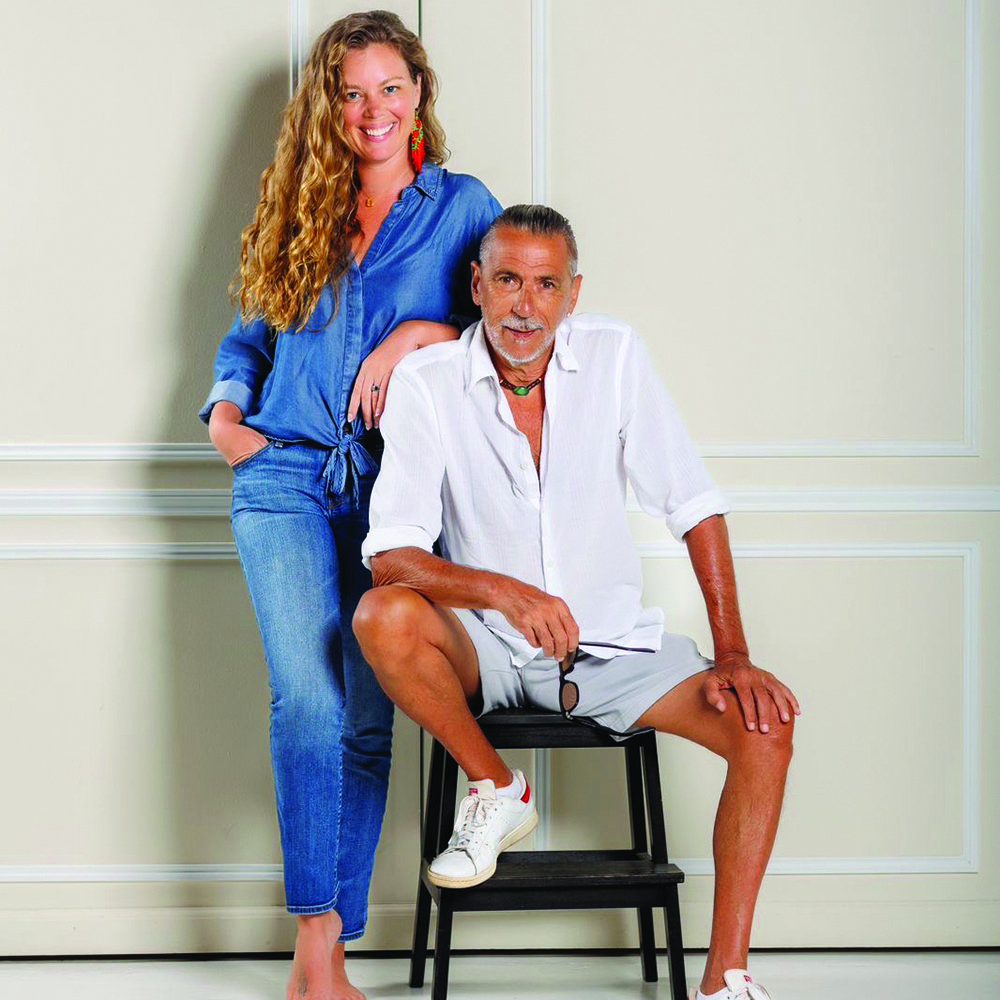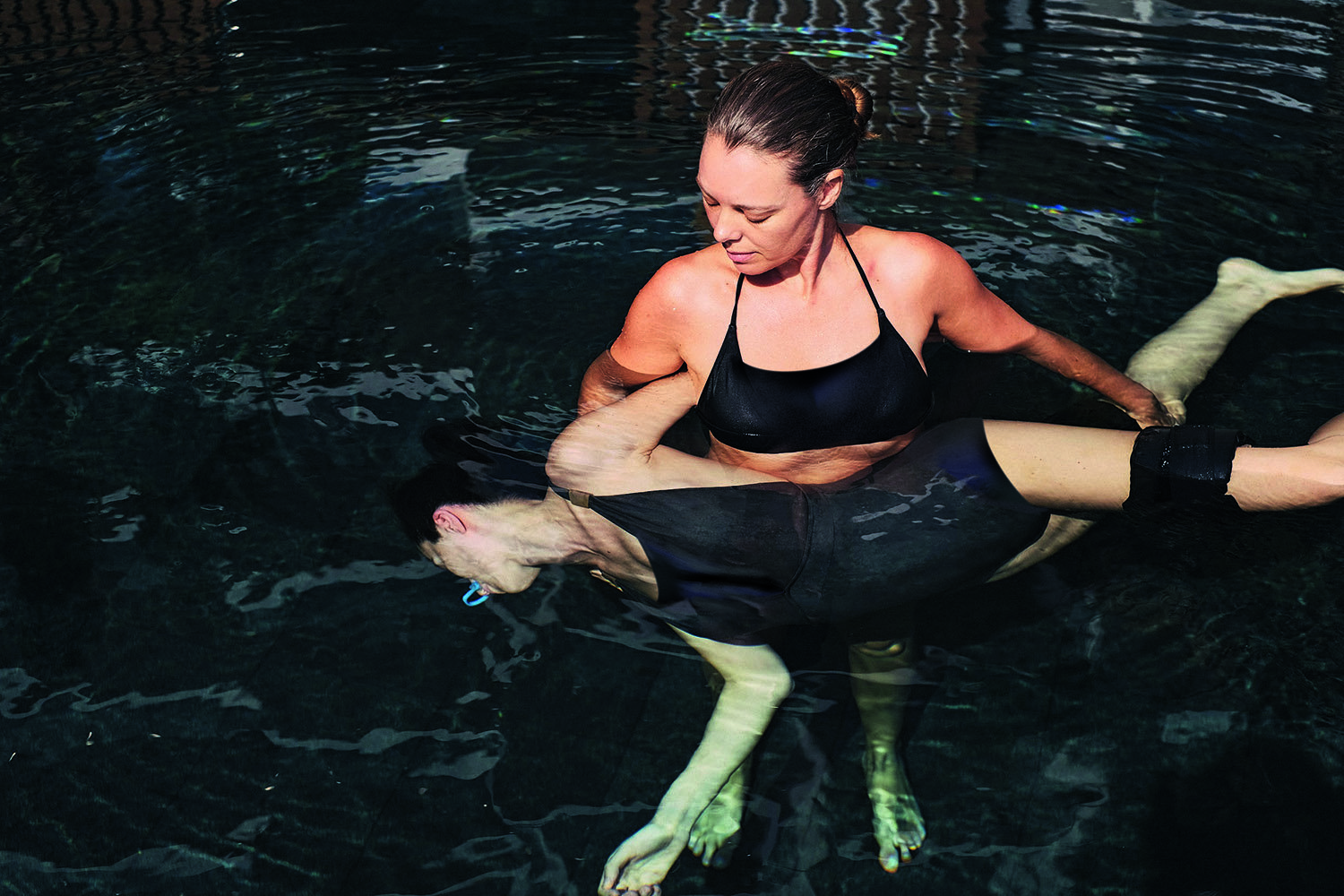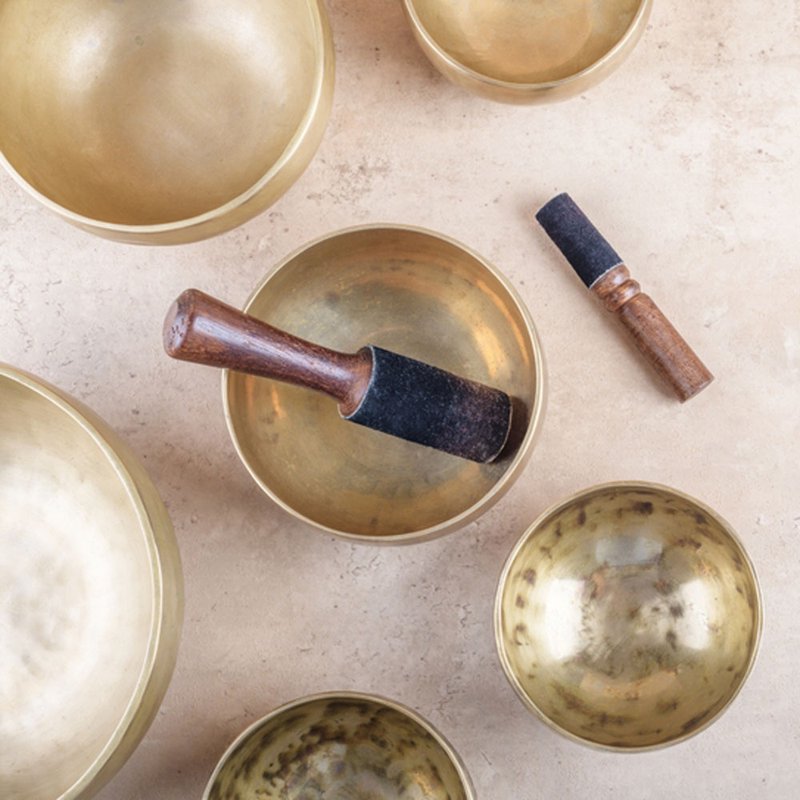Sarah Hewitt meets WaterFlow practitioners Liberty and Pranshu and discovers how a three-dimensional underwater journey can bring about instant meditation and calm to even the busiest of minds
Examples of aquatic therapy date as far back as ancient Greece and Egypt, but it was in the 1980s that Watsu, a combination of water and shiatsu, gained popularity as a powerful rehabilitation and healing tool. From there therapeutic water experiences have been shown to have a profound effect on an individual’s physical and mental health.
When I meet two of the best-known water therapists in Dubai – Liberty and Pranshu from Become Water, it is on the back of a sleepless night, a busy morning with my kids, two work meetings, and it’s only 10.30am. Needless to say, I do not hold out much hope for relaxation.
But on arrival at the pool, which is nestled in tranquil surroundings amid a lush garden at Nasab, Al Barari, I am immediately calmed by my hosts. We sit down to chat before we get into the bit I’ve been looking forward to and dreading in equal measure.

Liberty explains: “Watsu is the original water bodywork therapy, which was created in the 1980s by shiatsu practitioner, Harold Dull, in California. He started taking his clients into warm water to stretch, massage and move their bodies and from there the benefits were discovered. The main difference between what we do and Watsu is that we put the head under water. We also mix different modalities such as liquid flow, water dance, sound healing and aquatic massage to create a free flow session tailored to the individual.”
Pranshu, who has over 35 years of experience, adds: “Bringing the person under the water adds a whole other dimension to the experience – it’s almost like instant meditation, where time and space lose their meaning. We work with all sorts of people who are suffering from anything from insomnia to migraines to birth trauma and even a fear of water.”
Sessions can be performed either in the pool or in the sea if the temperature is right. It needs to be around 34°C; hence ocean experiences are only offered in Dubai between May/June and October/November.
For my session, on a morning in mid-April, I am quite content to be in the pool, which is sitting at a comfortable temperature, but what would have been different had I been in the sea?

“It’s down to personal preference,” Liberty explains. “In the pool we can control the temperature so we have more flexibility, and people can sometimes feel safer when it is their first time. But in the ocean, you can have more of an all-round sensory experience and feel more connected to nature. Plus, the salt changes your buoyancy and can help you float better.”
So, into the pool I go and in the safe arms of Liberty I start my journey into that unfamiliar place Pranshu had told me about – instant meditation. After a very fleeting moment of panic, I let myself be guided around the water, my body flowing in different directions and releasing tension with every twist and turn. Even though my eyes are closed, the sunlight creates a kaleidoscope of colours running past my eyes and I finally allow myself to let go.
I can truly say I have never experienced anything quite as relaxing and ‘trippy’ as this. After 90 minutes in the arms of my two hosts and a sound healing to finish, I emerge from the water with a feeling of overwhelming gratitude.
I was warned it can bring up some emotions, but I was not expecting it to be one of elation.
Liberty explains, “The more you do it, the more your nervous system trusts the process. A lot of people come to us who have an issue of letting go and trying to control everything. Once they start letting go in the water, they see it reflected in their everyday lives.”

